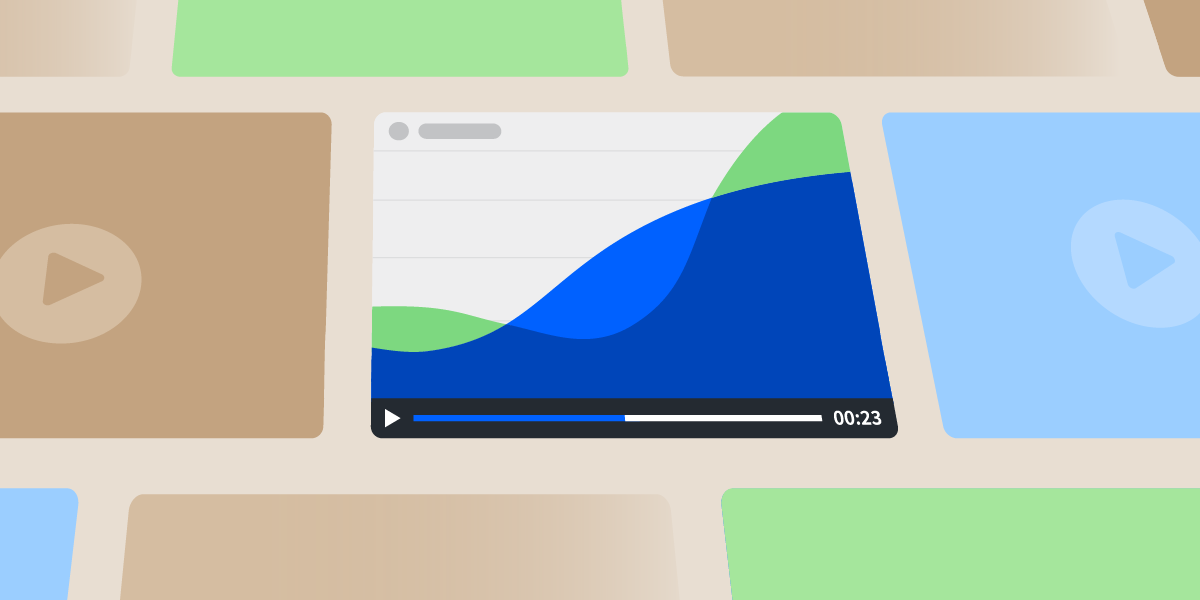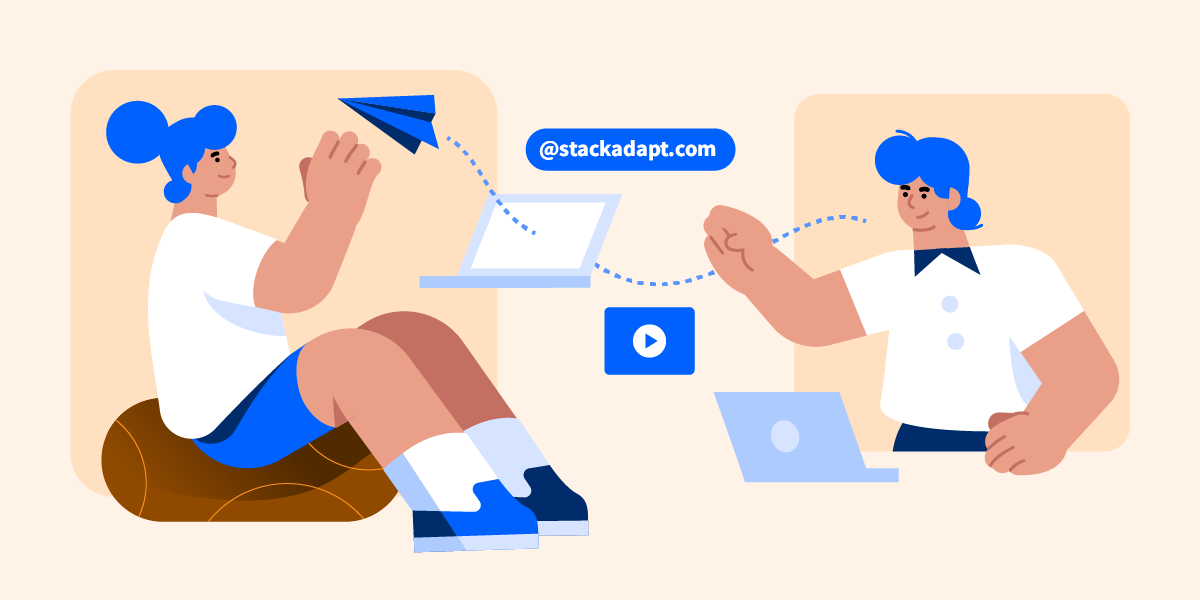B2B marketing is increasingly digital. According to eMarketer, digital ads will comprise nearly 50% of all B2B ad spending in 2024. With the rise of digital, marketers are facing challenges when it comes to B2B audience targeting.
Whether it’s struggling to precisely target decision makers, meeting competitive key performance indicators (KPIs) such as cost per lead (CPL), or deriving deeper insights about your audience—it’s understandable that finding B2B strategies that satisfy all of your targeting needs is key.
Read on to learn 6 programmatic advertising solutions for B2B marketers that you can leverage to help you target your ideal audiences with precision.
6 Winning Strategies to Leverage for B2B Audience Targeting
1. Take Advantage of 3rd-Party Data Providers
Finding the right decision makers and other appropriate B2B contacts can be challenging. One tactic for overcoming this challenge is to leverage 3rd-party data for your B2B programmatic advertising.
One way you can access 3rd-party data is through data management platforms (DMPs). The platforms gather data about user demographics, on-site or in-app behaviour, engagement with ads, and more.
DMPs can also help to hone down your audience data to be more manageable, making it easier to understand and use. They can identify users for you in the form of ready-to-use segments. From there, you can target decision makers, C-Suite executives, specific industries, and more.
2. Reach Relevant Users With 1st-Party Data
With 1st-party data you’re able to reach relevant users that you already have contact information for. Your demand-side platform (DSP) should allow you to easily upload your CRM data directly into its UI, making your segment ready to target in near real-time. This streamlined process means you can spend less time waiting to onboard, and more time focusing on your campaigns.
For example, StackAdapt is partnered with LiveRamp, a data connectivity platform that enables us to offer marketers an audience integration. With this integration, you can generate your CRM audience quickly, providing fast access to proprietary 1st-party audience lists to target in your campaigns. This streamlined process means you can spend less time waiting to onboard, and more time focusing on your campaigns.
3. Target Specific Companies Using Account-Based Marketing (ABM)
Account-based marketing (ABM) is a business-to-business (B2B) marketing strategy that concentrates marketing toward a set of specific accounts within a market.
Traditional ABM has relied on physical-world activities like events where marketers get one-on-one time with the stakeholders at a target company. Although traditional ABM works, personalization at scale for target accounts is a top challenge.
One way to overcome this challenge is by leveraging the power of programmatic. With programmatic ABM, you can use programmatic ad buying technology to target high-value B2B professionals based on account lists, firmographic, and personal-level data. You’re able to reach audiences with relevant, high-value ads that will win over the right accounts.
Account-based marketing (ABM) lists are perfect for B2B marketers who already know which specific companies should see their ads. To leverage this strategy, start by identifying your top accounts. Then, upload a list of those accounts into your DSP. It will be populated so that it is ready to use alone, or intersected with any 3rd-party segment.
This tactic is helpful if you have a very niche contact in mind that you need to get in front of, and are comfortable driving a high impression frequency. You can also save media dollars by using segment intersection options to ensure you are getting in front of the right people.
4. Target ISP Audiences to Reach Specific Wi-Fi Networks
To target users by their specific places of business, you can incorporate an internet service provider (ISP) targeting strategy. This strategy reaches people by their specific ISP, providing very targeted relevance for businesses who want to have their message seen by a location-specific audience.
The main benefit of ISP targeting is that it delivers your ads to highly specific audiences. It’s an ideal tactic for B2B marketers who want to target the office buildings of a company they are wanting to prospect.
5. Use Dayparting to Reach Users at the Right Time
Dayparting is a common campaign parameter that allows you to set particular ads to run only at certain times of the day. It allows you to split the day into time intervals to indicate when different campaigns will run throughout the day.
For B2B marketers, dayparting can be used to run campaigns on specific days of the week and at specific times. In this case, leverage dayparting to make sure your ads run Monday to Friday, between 9:00am and 5:00pm.
6. Use Targeting and Measurement to Track Results and Optimize
Ensuring your programmatic platform offers a solution for tracking measurement and attribution is key to your B2B campaign success. It’s by monitoring performance that you can uncover which touch points in your marketing funnel are generating the most value, and make optimizations in real-time.
Once you know that, you can make informed budgetary decisions that will help to scale the profitability of your digital campaigns. For example, you can leverage reporting to understand exactly who engages with your ads, validate the quality of targeting data, refine audience segmentation, and optimize ad creative messaging.
Use B2B Audience Targeting to Reach the Right Users
Engaging your audience across all stages of the buying process won’t be achieved with a one-size-fits-all approach. With B2B advertising, the key is specificity.
Hone in on the benefits of your particular product or service, and experiment with different tactics to uncover how that benefit can best be communicated to your ideal audience. Use the above tactics to reach the right users with precision.
Ready to develop a comprehensive B2B targeting strategy? Request a demo to learn more about StackAdapt.





